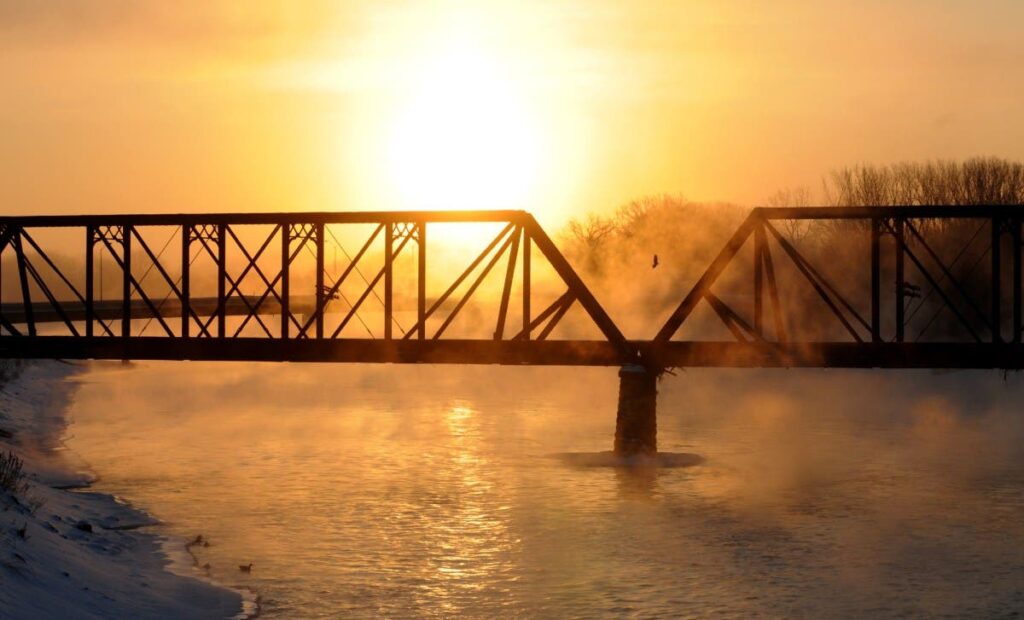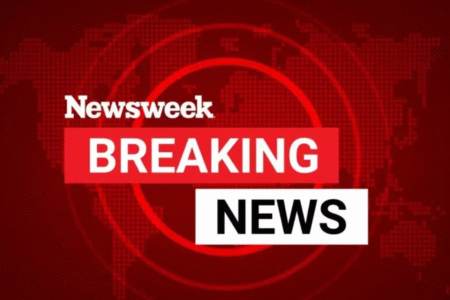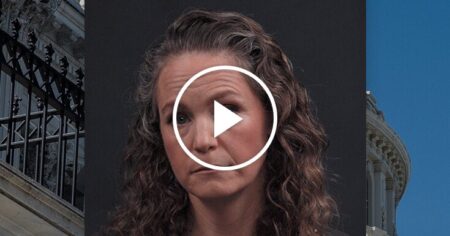States in the Midwest are bracing for temperatures to potentially dip into the 20s overnight Wednesday into Thursday morning as freeze warnings are set to go into effect.
Newsweek reached out to the National Weather Service (NWS) via email Wednesday night for comment.
Why It Matters
Freeze warnings and frost advisories are impacting millions of Americans this week as cold fronts send temperatures plunging into the 20s and 30s across parts of the Midwest and mid-Atlantic.
The sudden chill poses risks to crops, home infrastructure and travel plans, and has prompted the NWS to issue guidance to help minimize agricultural losses and protect sensitive systems before winter’s heavy onset.
What To Know
According to the NWS, the freeze warning goes into effect from midnight to 2 a.m. Thursday in portions of Iowa, Illinois and Nebraska.
For portions of central, north-central, southwest and west-central Iowa, temperatures could hit from 26 to 32 degrees, and “widespread frost” is expected, the NWS says.
For portions of northwest Illinois and east-central and northeast Iowa, temperatures could drop as low as 28 degrees overnight, according to the agency. In Iowa’s Harrison, Shelby and Monona Counties, temperatures could dip to 26 degrees.
In Nebraska’s Burt, Cedar, Cuming, Stanton, Thurston and Wayne Counties, temperatures could also reach 26 degrees, the warning says. East-central and northeast Nebraska could see temperatures drop to 28 degrees.
The warnings are set to expire by 9 a.m. Thursday local time.
Farther east, states including Indiana, Kentucky and Ohio face frost advisories as a cold front descends into the region.
Below is a map of the states impacted by the freeze warnings:
What People Are Saying
NWS Des Moines, on X Wednesday: “Clear skies and light winds have resulted in temperatures trending lower tonight. Lows will be near to below freezing for much of the state. Cover sensitive plants that you’d like to save! #iawx”
NWS Omaha, also on X Wednesday: “Bring in those begonia pots, if you haven’t already! Temperatures will drop into the upper 20s and lower 30s across much of the area tonight.”
What Happens Next
Residents in the affected zones are urged by the NWS to insulate pipes, cover sensitive plants and monitor local forecasts for updates. Americans should also prepare for rapidly shifting weather patterns as additional cold fronts and associated storms could trigger sudden hazards.
Read the full article here













